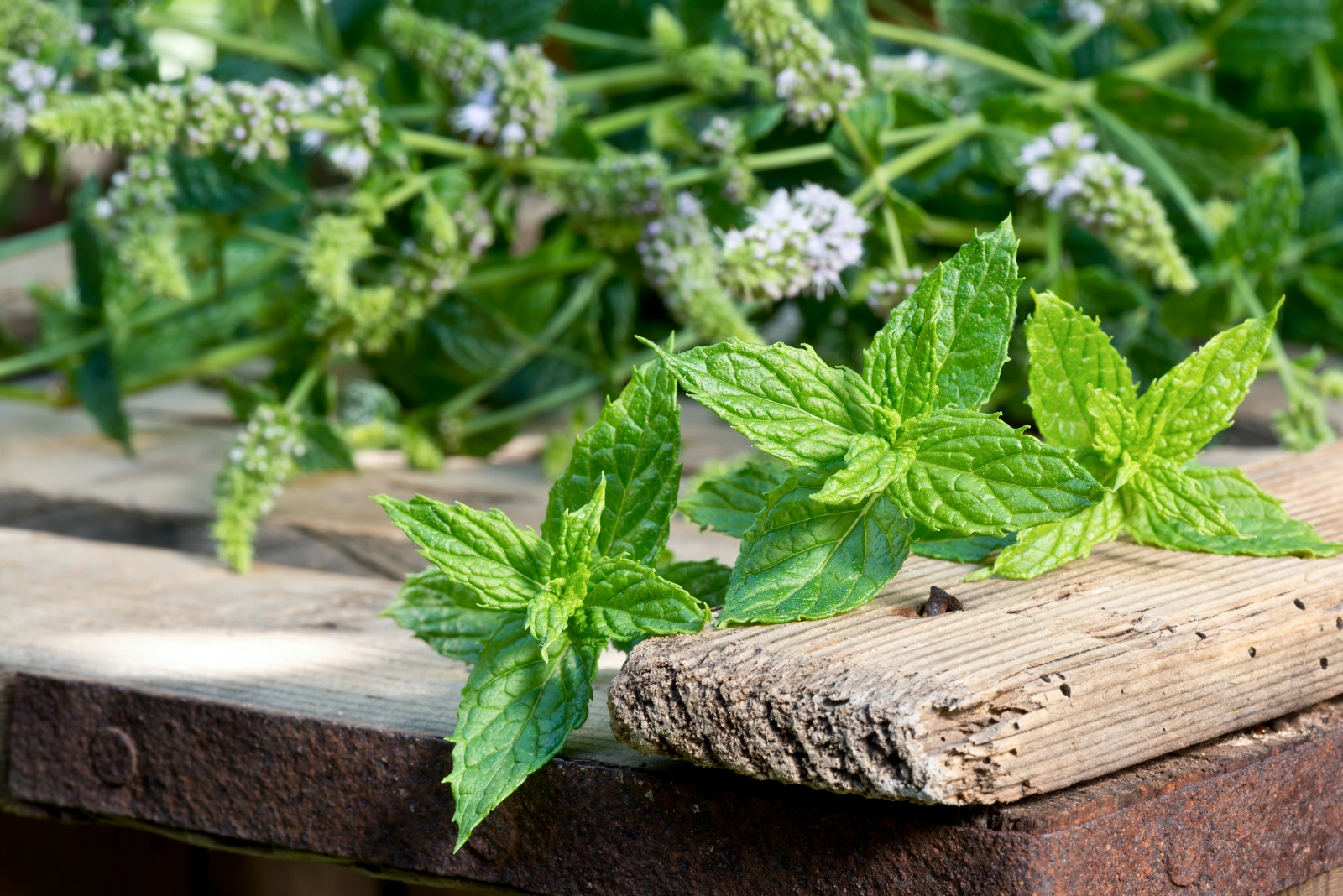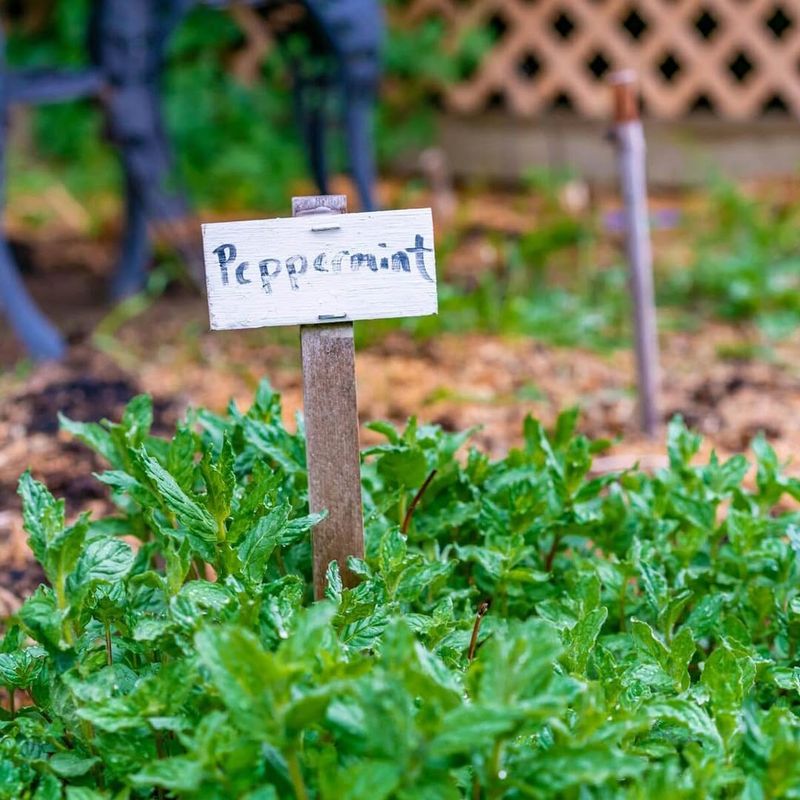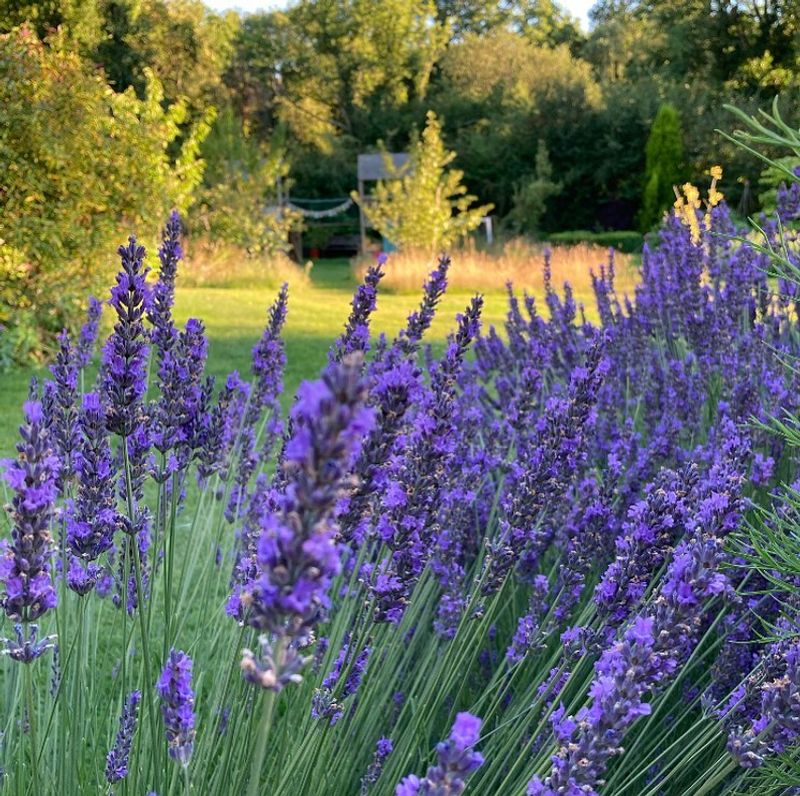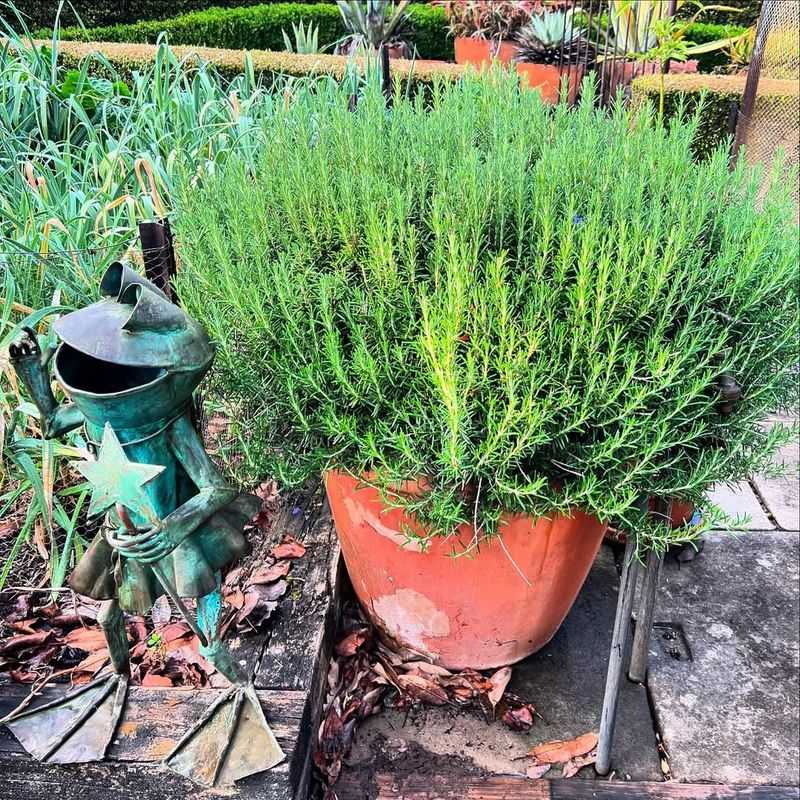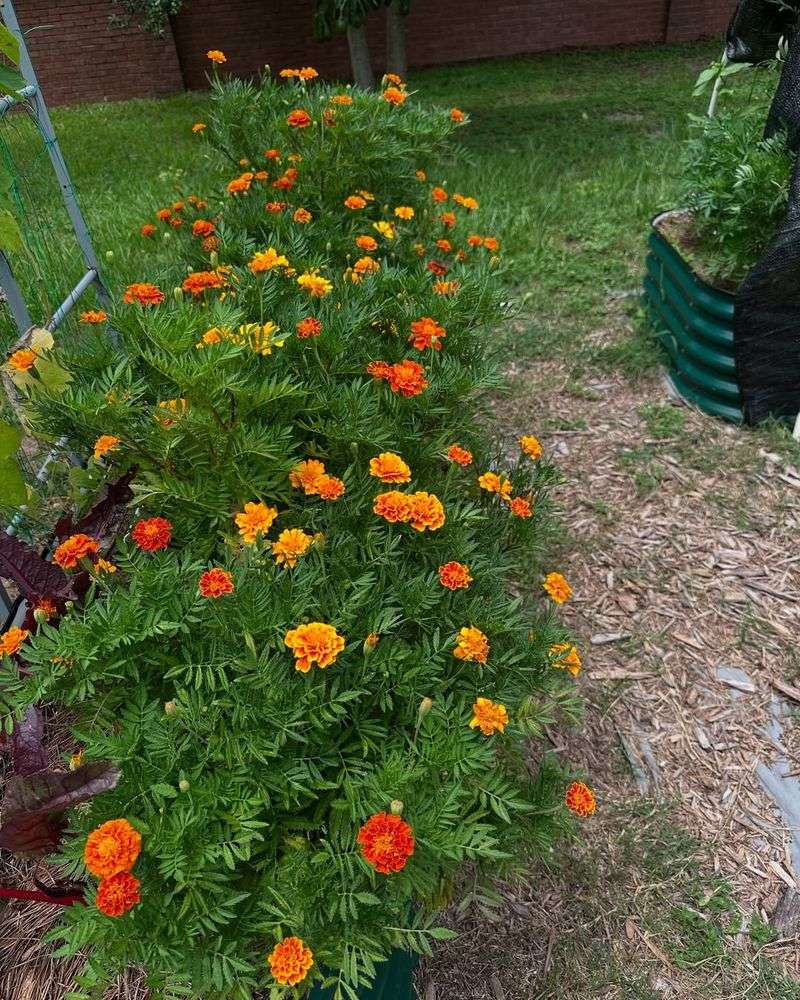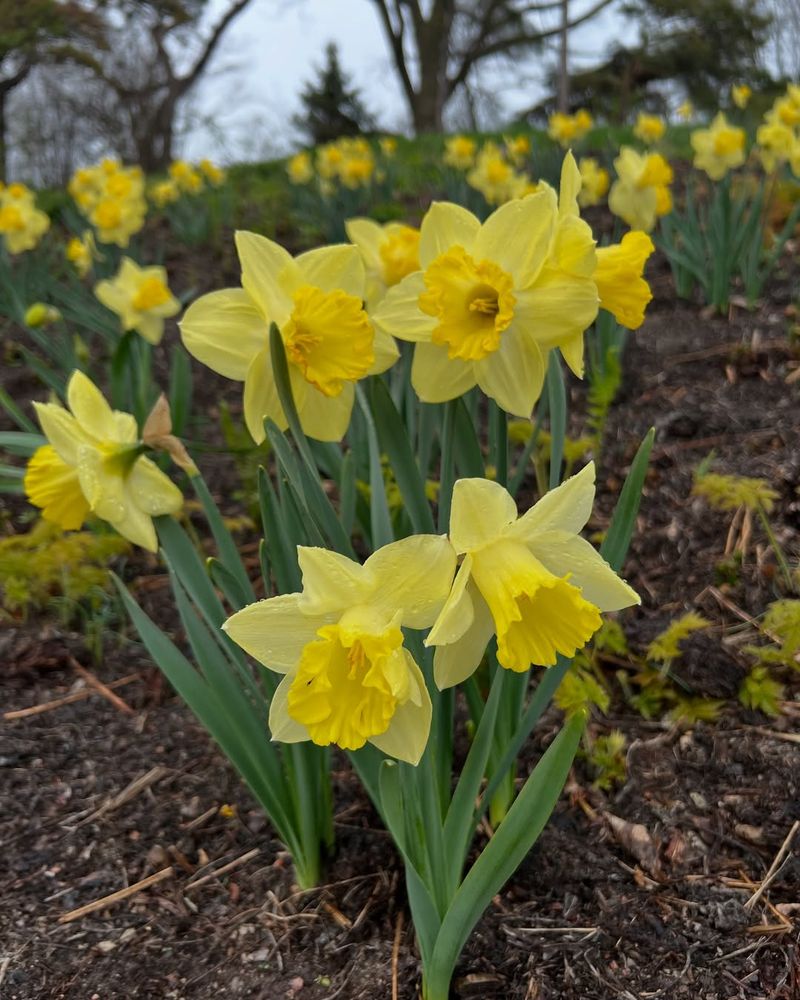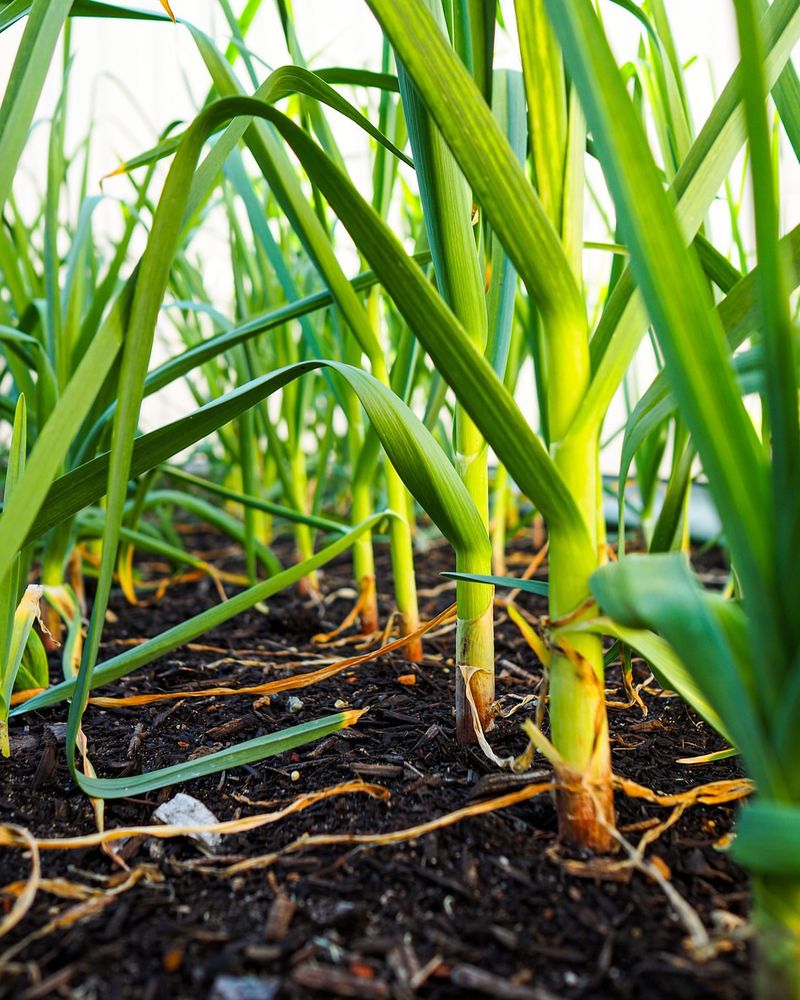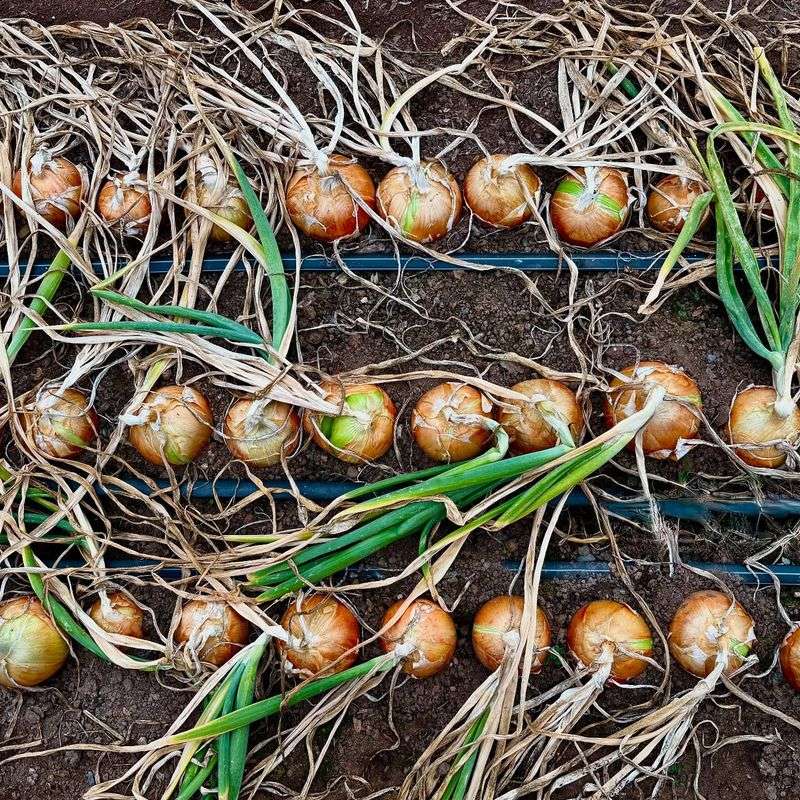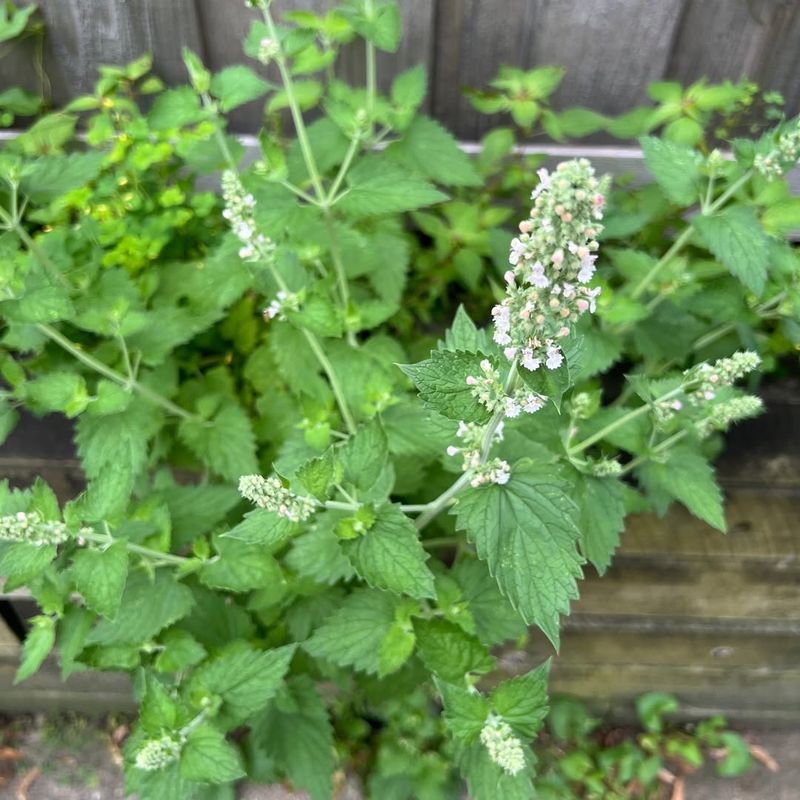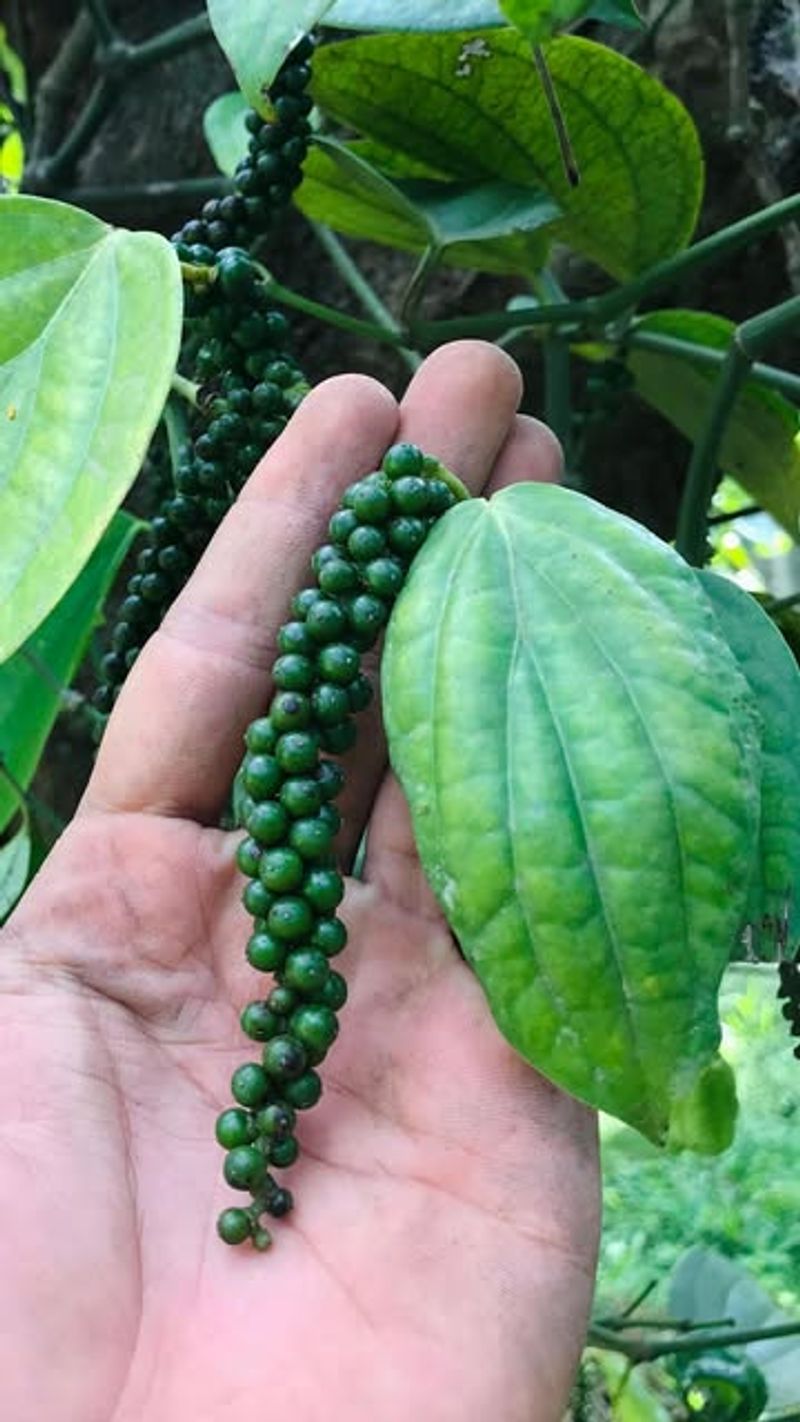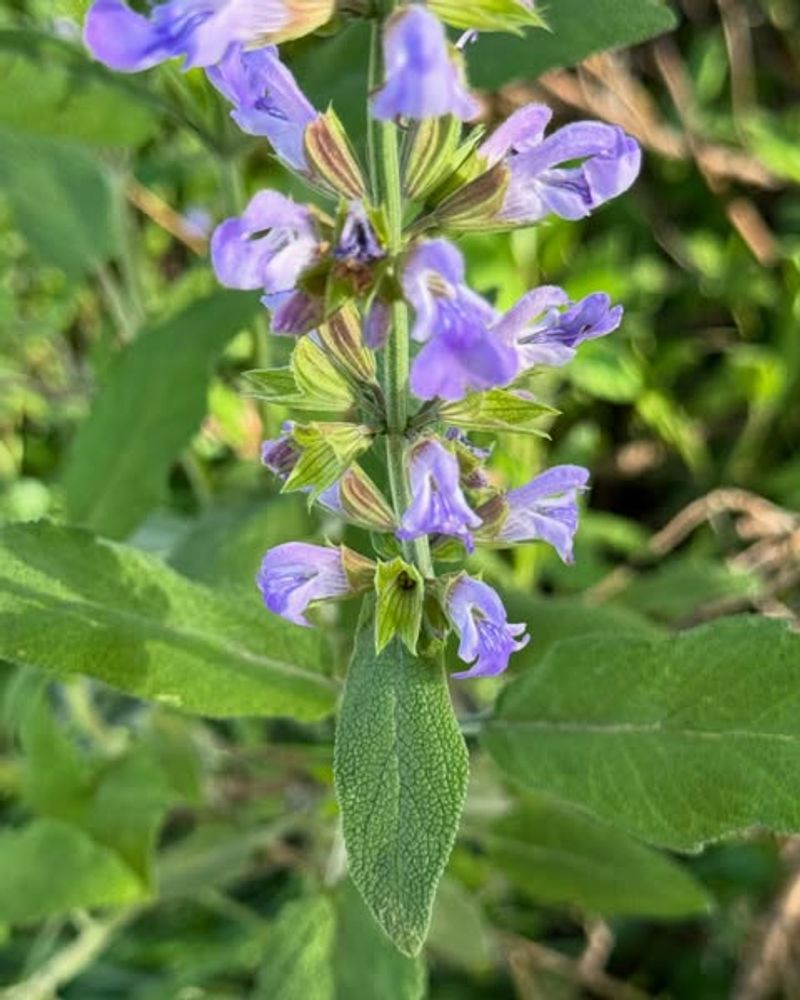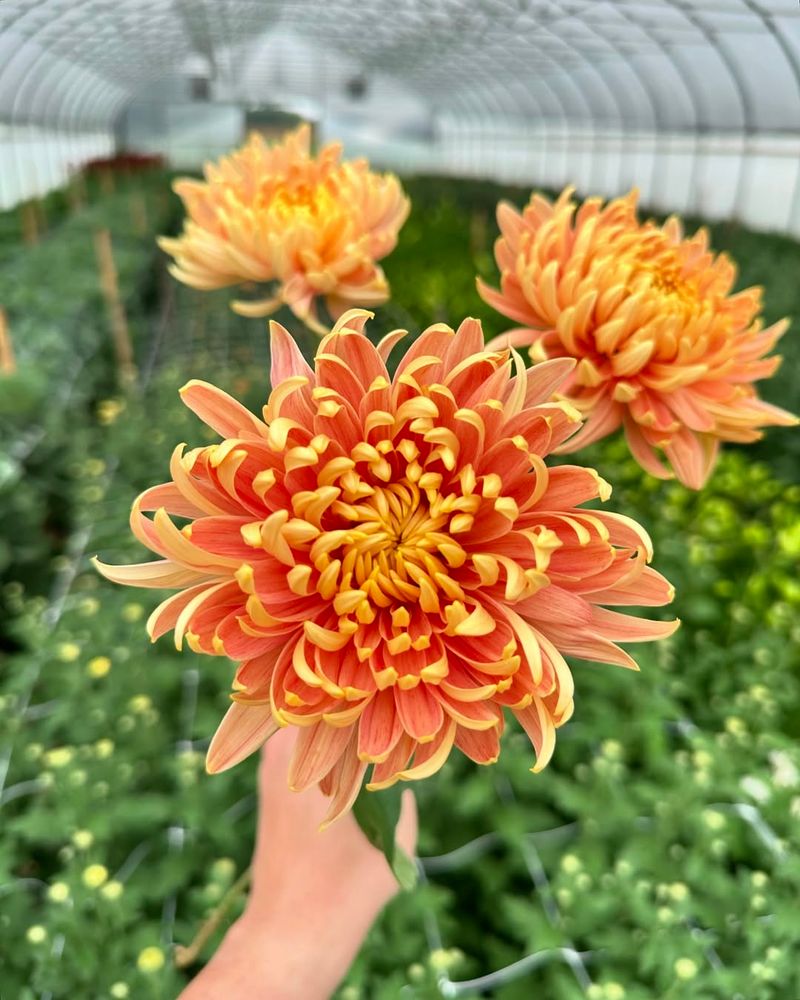Rats can be a real problem for Indiana gardeners, damaging plants and spreading disease. But before you reach for harsh chemicals, consider a natural solution that’s been working for Hoosiers for generations.
Certain common garden plants naturally repel these pesky rodents with their strong scents and textures, keeping your garden safe without harming the environment or your family.
1. Peppermint
Strong minty aromas might smell wonderful to us, but rats absolutely hate them. Plant peppermint around your garden’s edges or near entry points to create a natural barrier.
The powerful essential oils in the leaves overwhelm rodents’ sensitive noses, sending them scurrying elsewhere. Plus, you’ll have fresh mint for tea and cooking all summer long, making this a win-win solution for any Indiana garden.
2. Lavender
Beautiful purple blooms and a calming scent make lavender a garden favorite, but rats find it absolutely repulsive. The intense fragrance that helps us relax actually irritates their respiratory systems.
Plant lavender in sunny spots around your property, especially near foundations and sheds. Not only will it keep rats away, but you’ll attract butterflies and bees while enjoying one of nature’s prettiest pest deterrents throughout the growing season.
3. Rosemary
This woody herb does double duty as a culinary favorite and rodent repellent. Rats despise rosemary’s pungent, pine-like aroma and will avoid areas where it grows.
Indiana gardeners love planting rosemary near vegetable patches and compost bins where rats typically snoop around. The plant thrives in well-drained soil and full sun, growing into a bushy barrier. Harvest sprigs regularly for cooking, and your pruning will encourage even bushier, more protective growth.
4. Marigolds
Bright orange and yellow marigolds bring cheerful color while secretly working as pest control. Their distinctive smell, which comes from a compound called alpha-terthienyl, drives rats crazy in the worst way.
Border your vegetable garden with marigolds for maximum protection. They’re incredibly easy to grow from seed, tolerate Indiana’s summer heat beautifully, and bloom continuously until frost. Many Hoosier farmers swear by this old-fashioned trick passed down through generations.
5. Daffodils
Cheerful spring blooms hide a secret weapon against rodents: toxic alkaloids that rats instinctively avoid. All parts of daffodils contain poisonous compounds, making them naturally unappealing to nibbling pests.
Plant bulbs in fall around your home’s foundation and garden borders. They’ll return year after year, spreading naturally to create wider protective zones. Bonus: deer and rabbits also steer clear of daffodils, giving you multi-pest protection with minimal effort required.
6. Garlic
Vampires aren’t the only creatures that can’t stand garlic—rats find its sulfur compounds absolutely unbearable. Even a small garlic patch releases enough scent to keep rodents at bay.
Indiana’s climate is perfect for growing garlic. Plant cloves in fall, and by summer you’ll harvest both delicious bulbs and enjoy year-round rodent protection. Interplant garlic among vegetables or flowers, creating invisible scent barriers. The pungent oils seep into surrounding soil, amplifying the protective effect beautifully.
7. Onions
Similar to garlic, onions pack a pungent punch that sends rats running. The same compounds that make us cry when chopping onions irritate rodents’ sensitive nasal passages even more intensely.
Grow onions throughout your garden as companion plants. They take up little space and mature relatively quickly in Indiana’s growing season. The strong smell persists even after harvest, as dried onion tops and roots decompose, continuing to protect your soil and surrounding plants from unwanted rodent visitors.
8. Catnip
While cats go bonkers for this plant, rats want nothing to do with it. Nepetalactone, the chemical that attracts felines, actually repels rodents quite effectively.
Catnip grows vigorously in Indiana gardens, sometimes too vigorously, so plant it in containers or designated areas. Position pots near potential rat entry points like garage doors or shed openings. Your neighborhood cats might visit occasionally, which provides additional rodent deterrence. It’s nature’s perfect tag-team pest control system working automatically.
9. Black Pepper Plant
Ornamental pepper plants produce fruits containing capsaicin, the compound that makes peppers hot. Rats absolutely cannot tolerate this irritating substance, even in small amounts.
Grow colorful pepper plants in containers around patios, decks, and garden edges. They’re attractive, compact, and thrive in Indiana summers. The bright fruits warn rats away while adding visual interest to your landscape. Even after harvest, scatter dried pepper flakes around problem areas to maintain protection through winter months effectively.
10. Sage
This Mediterranean herb thrives in Indiana gardens while keeping rats far away. Sage’s strong, earthy scent comes from essential oils that rodents find overwhelming and unpleasant.
Plant sage in sunny, well-drained spots near vegetable gardens or chicken coops where rats often cause trouble. The silvery-green foliage looks beautiful, and you can harvest leaves for cooking throughout the season. Sage plants become woody and more potent with age, increasing their rat-repelling power year after year in your landscape.
11. Chrysanthemums
Fall wouldn’t be complete without mums, and rats agree—they’d rather be anywhere else. Chrysanthemums contain pyrethrin, a natural insecticide that also repels rodents effectively.
Indiana gardeners traditionally plant mums in late summer for autumn color. Place them strategically around foundations, porches, and garden beds where rats might enter. The flowers’ strong scent intensifies as temperatures drop, providing protection exactly when rodents start seeking warm shelter. Many varieties survive Indiana winters, returning as perennials with continued protective benefits.

